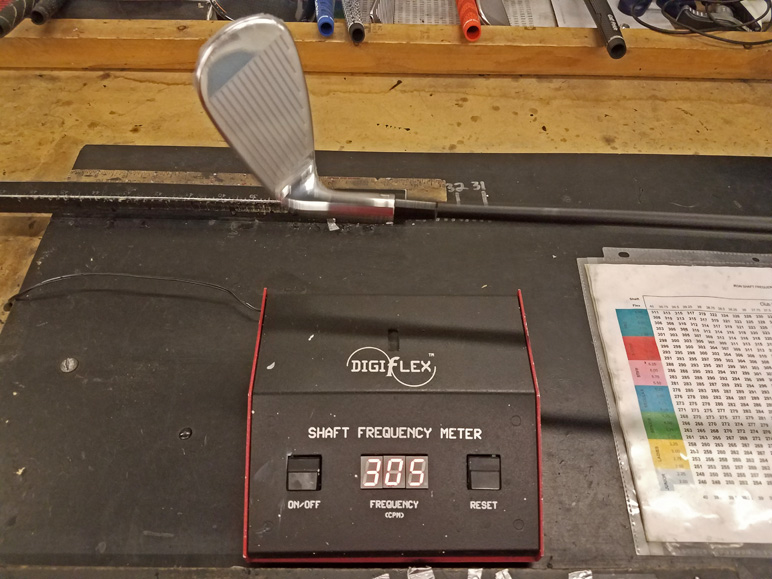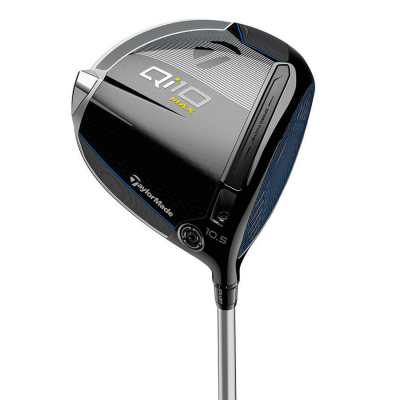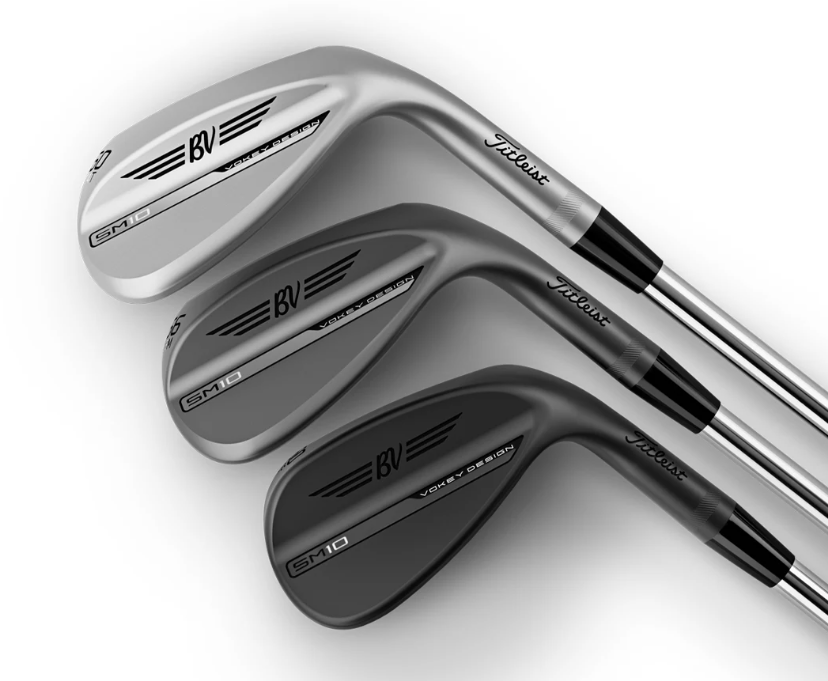We started custom clubfitting and club building over twenty years ago. Being an engineer by training but focused on applied engineering, I made a point of testing out all of the club fitting and building theories. And, there were a lot of them!
Popular Theories on Clubfitting and Club Building
- Shaft weight is key.
- It's all about swing weight.
- Find the spine and align it properly to the target line
- Swing dynamics make all the difference in picking the right shaft.
- Frequency matching to a specific frequency for ALL clubs.
- Frequency matching to a slope line matches better for all club lengths.
Our BGF (Better Golf...Faster) Fitting System Methodology
Without getting to crazy here, we found that there is a combination of the proper shaft weight, flex measured by CPM, swing weight, launch profile (think kick point), and Flat Line Oscillation matched to a golfers swing profile that makes the fitting give the golfer optimum performance.
In making our fitting recommendations, we evaluate your physical characteristics (height, weight, wrist-to-floor) as well as seven questions about your strength, desired shot shape and distance and control objectives.
Use our Fitting Wizard to Find the Right Shafts for YOU!
Related Post: Golf Swing Dynamics that Affect Shaft Selection
We determined in our fittings and subsequent club building that if we did not match the shaft flex to within a half of a flex, we would start seeing performance degrade. Usually, shafts that were built too stiff showed lower ball flight, pulls or pushes, and loss of distance. Shafts that were built too soft of flex showed inconsistent ball flight, potentially more pulls and snap hooks and wide variation in distance and shot dispersion.
Measuring Actual Shaft Flex
We started, with the help of Mitchell Golf and the Professional Clubmaker's Society, using a DigiFlex frequency meter to measure butt stiffness. We quickly found out that, regardless of what the shaft said on the label, the shaft butt stiffness could be dramatically different from one manufacturer to the next. Kinda like buying clothes. A Large does not fit like a Large from one company to another. And this still holds true today.
If you test off-the-rack clubs in a box store, you may hit an S flex 60 gram shaft well but an R flex 60 gram shaft worse, even though you have been playing R flex for years. What gives? Without the ability to test the shafts with a frequency meter, you are shooting in the dark. We tested four different S flex, 60 gram shafts from a large OEM in their fitting cart and they ranged from high end R (5.5) to X+(7.5).
Related Post: The Problem With Testing Stock Driver Shafts
 Frequency Testing
Frequency TestingWe developed our fitting system to make sure that all clubs were frequency matched based upon our actual testing and building. What that means is that sometimes we may need to use a stiffer shaft when building a fairway wood than what it calls for on the specification sheet. The main reason for that is that, as head weights get heavier, the CPM (Cycles per Minute) go down which means the actual flex is softer.
Again, it is our belief that matching the combination of shaft weight, shaft flex based on CPM, and swing weight is what creates consistent performance from club to club in your bag!
Take a look at how we build your clubs and you will be impressed...it's our "Secret Sauce"!
Use our Fitting Wizard to Find the Right Shafts for YOU!
Dan Sueltz












